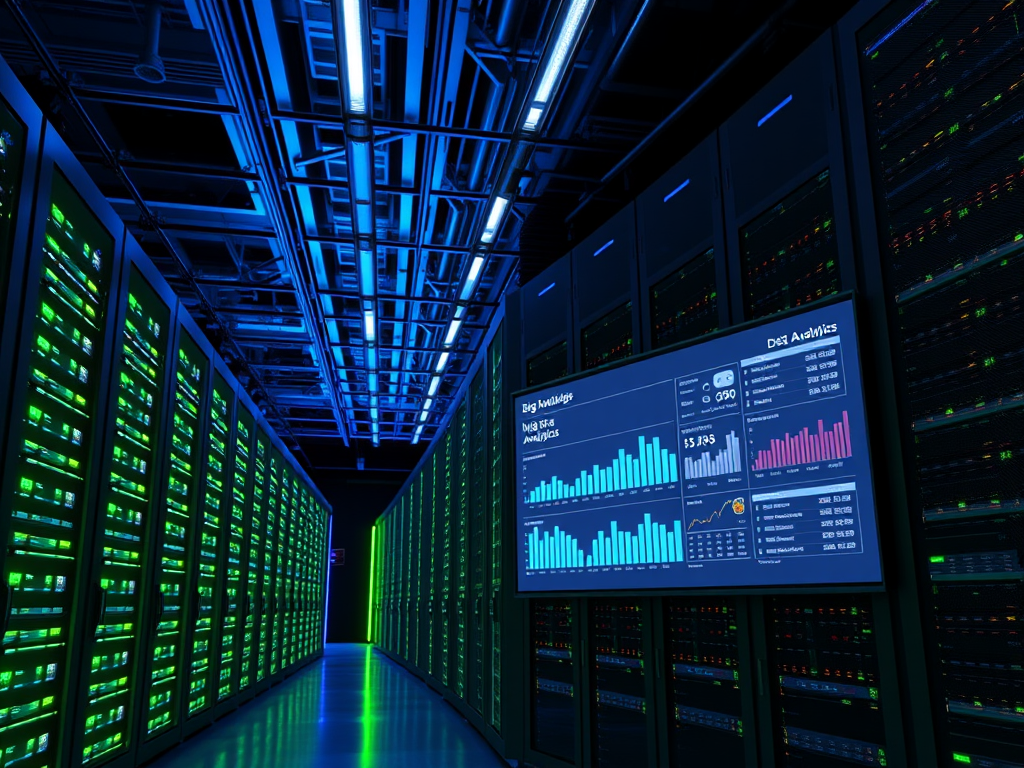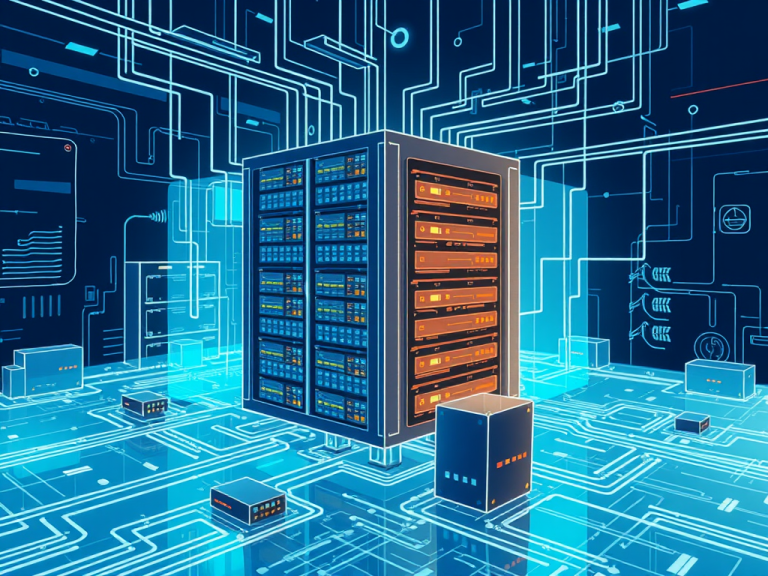
Managing and analyzing large volumes of data is essential for businesses and organizations in many fields, such as finance, healthcare, and scientific research. High-Performance Computing (HPC) is a powerful resource that enables efficient handling of big data. This article will clarify what HPC and big data are, discuss the challenges they pose, and outline effective strategies for managing large datasets.
What Are HPC and Big Data?
High-Performance Computing (HPC)
HPC refers to the use of supercomputers and advanced processing techniques to solve complex problems quickly. These computers can perform millions or even billions of calculations every second, making them ideal for tasks like simulations, modeling, and data analysis.
- What Makes HPC Special?: HPC systems are built to handle large-scale computations. They use multiple processors working together to complete tasks faster than regular computers. This capability is essential for industries that rely on rapid data processing, such as weather forecasting and molecular modeling.
Big Data
Big data means datasets that are too large or complicated for regular data-processing tools to handle. Big data typically has three main features, known as the “Three Vs”:
- Volume: The huge amount of data generated every second from sources like social media, IoT devices, and financial transactions. For example, social media platforms generate terabytes of data daily.
- Velocity: The speed at which new data is created and needs to be analyzed. Real-time data streaming from sensors and online transactions requires immediate attention and processing.
- Variety: The different types of data, which can include structured data (like numbers in spreadsheets), semi-structured data (like XML files), and unstructured data (like text in emails or images). Managing these diverse data types is essential for comprehensive analysis.
How HPC and Big Data Work Together
HPC complements big data by providing the computational power needed to analyze large datasets quickly. With HPC, organizations can extract valuable insights from big data in a timely manner.
Real-World Applications
- Healthcare: HPC is used to analyze genomic data, enabling personalized medicine. Researchers can process vast amounts of genetic information to identify disease markers and tailor treatments to individual patients.
- Finance: Financial institutions use HPC to analyze market trends and detect fraud. By processing large datasets in real-time, they can make quick decisions to mitigate risks.
- Climate Science: Scientists use HPC to model climate change and predict weather patterns. These models require immense computational power to simulate interactions between different environmental factors.
Challenges in Managing Big Data with HPC
While HPC can be very helpful, there are several challenges when it comes to managing big data:
- Data Storage: Large datasets need significant storage space. Ensuring that data can be accessed quickly is crucial for efficient analysis. Organizations must invest in high-capacity storage solutions.
- Data Transfer: Moving large amounts of data between storage and processing units can be slow and costly. This transfer time can affect overall system performance and analysis speed.
- Data Quality: It’s vital to ensure that the data is accurate and consistent. Poor data quality can lead to incorrect analyses and decisions. Organizations need to implement data validation processes to maintain high standards.
- Scalability: As data volumes grow, HPC systems must scale effectively. This means adding more processing power and storage capacity without degrading performance. Organizations need to plan for future growth when investing in HPC solutions.
Best Practices for Managing Large Datasets
To tackle these challenges, organizations can follow several best practices:
1. Optimize Data Storage Solutions
Invest in high-speed storage systems, such as solid-state drives (SSDs) or parallel file systems, to ensure quick access to datasets. Consider using data compression techniques to save space without losing important information. This can significantly reduce storage costs and improve data retrieval times.
2. Utilize Distributed Computing
Leverage distributed computing frameworks, such as Apache Hadoop or Apache Spark, to process large datasets across multiple nodes. This approach allows for parallel processing, significantly speeding up data analysis. By distributing the workload, organizations can handle larger datasets more efficiently.
3. Implement Data Governance Policies
Establish clear data governance policies to ensure data quality and integrity. Regularly audit datasets and implement validation checks to maintain high standards. This includes defining who can access the data, how it can be used, and ensuring compliance with regulations.
4. Use Data Management Tools
Adopt data management tools that enable efficient organization, retrieval, and analysis of large datasets. Tools like relational databases, NoSQL databases, and data lakes can help manage data effectively. These tools provide features for data integration, transformation, and analysis, making it easier to derive insights from big data.

5. Invest in Training and Development
Ensure that your team is well-trained in both HPC and big data technologies. Continuous learning and development can help your organization stay ahead in managing and analyzing large datasets. Consider offering workshops, online courses, and access to industry conferences to keep your team updated on the latest trends and tools.
6. Monitor and Optimize Performance
Regularly monitor the performance of your HPC systems and data processing workflows. Use performance metrics to identify bottlenecks and optimize resource allocation. This could involve adjusting processing workloads, upgrading hardware, or fine-tuning software configurations.
7. Leverage Cloud Computing
Consider using cloud-based solutions for HPC and big data management. Cloud services provide flexibility and scalability, allowing organizations to adjust resources as needed without significant upfront investments. This can be especially beneficial for organizations that experience fluctuating data workloads.
Conclusion
The combination of High-Performance Computing and big data offers great opportunities for organizations that want to make the most of large datasets. By understanding the challenges and following best practices for data management, organizations can gain valuable insights that drive innovation and success. As technology continues to evolve, the integration of HPC and big data will play an increasingly critical role in shaping the future of data analytics across various industries. By investing in the right tools, training, and strategies, organizations can harness the full potential of their data and stay competitive in a rapidly changing world.






